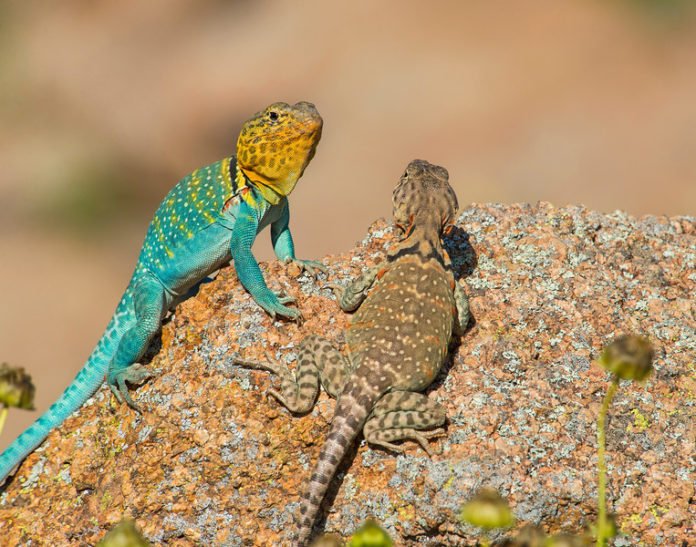Males and females of the same species can develop to be different to the point that they keep different species from advancing or colonizing living spaces. The study also challenges long-held hypotheses in transit normal choice drives the advancement of biodiversity.
According to Darwin’s theory of natural selection, new environments such as mountains and islands with abundant food and habitats offer species the “ecological opportunity” to colonize an area using those resources.
A new study by the University of Exeter in collaboration with the Universities of Lincoln and Sheffield suggests the same. The study demonstrates the formation of new species also operates within the same species when males and females compete for the ecological resources available in different habitats, such as bushy areas or stony patches with abundant food.
Professor Dave Hodgson, Director of the Centre for Ecology and Conservation on the University of Exeter’s Penryn Campus, said, “We know that many species have sexes that look very different from each other: peacocks and walruses are prime examples.”
“This is often caused by sexual selection, but it can only happen when the environment provides the right resources to support the different sexes. When sexes differ, there is less ecological space for other species. When there are lots of species, there is less ecological space for differences between the sexes. This shows that the evolutionary battle between the sexes can have a direct impact on biodiversity.”
The study, which explored the evolution of lizards in the Chilean Andes and Argentinean Patagonia found that males and females of some species have developed to be different to the point that they can fill the natural spaces typically possessed by two distinct species.
The study also discovered that biodiversity can now be seen as the formation of new, different species.
Dr. Daniel Pincheira-Donoso, lead researcher on the study said, “Our research reveals evidence for this intriguing phenomenon that the evolution of sexes within a species could replace the evolution of new species, which begins to add a new layer to our understanding of the evolution of biodiversity.”
“It is important to stress that the diversity of life on our planet applies not only to the evolution of different species but also to the independent evolution of males and females within the same species, which potentially has very important implications.”
The findings have been published in the journal Global Ecology and Biogeography.
